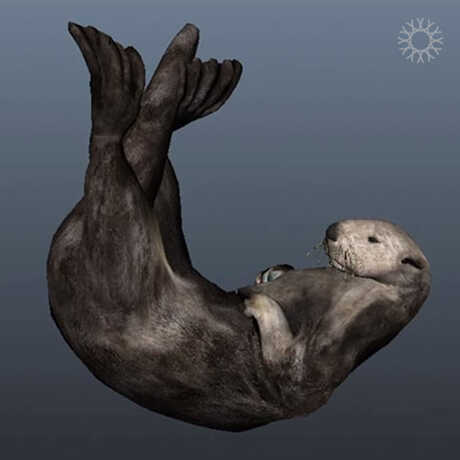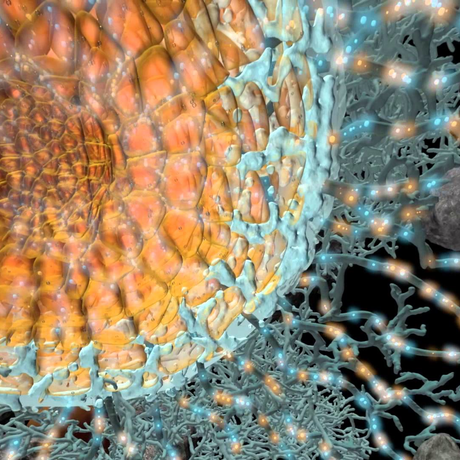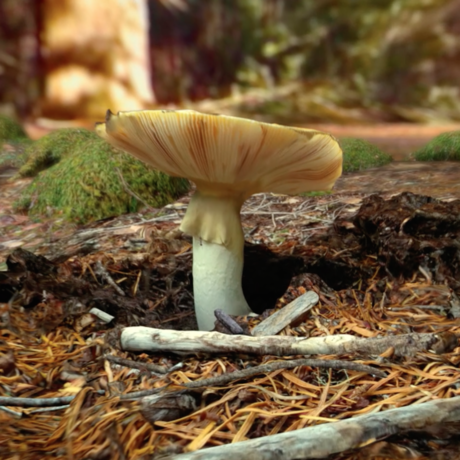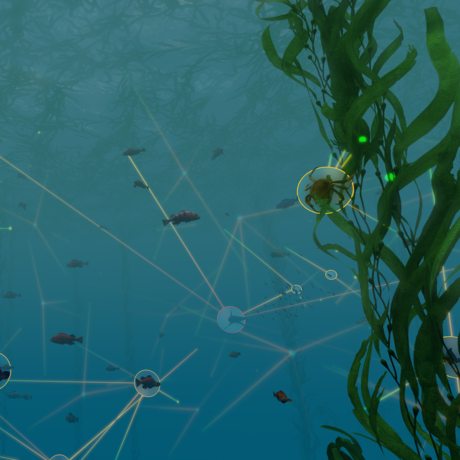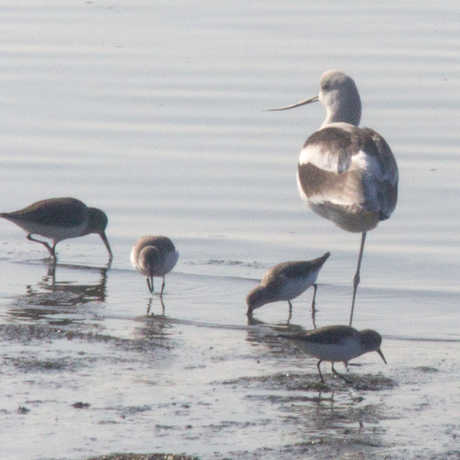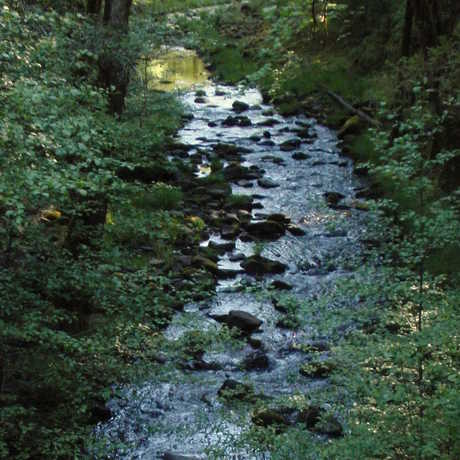Science News
Creating Kelp
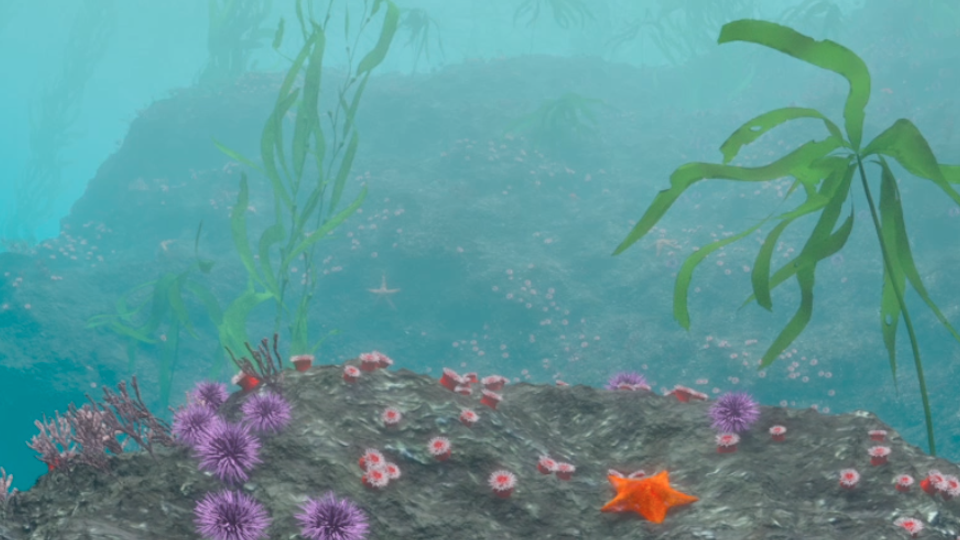
The past several Tuesdays we’ve been featuring the science and scientific advisors behind the new Morrison Planetarium show Habitat Earth. Science deeply informs the stunning computer graphic artistry in the production, and for the next several weeks, we’ll feature a behind-the-scenes look at the artists here at the Academy and their creations.
Matt Blackwell created much of the kelp forest scene in the new show. His inspiration was underwater footage taken at Point Lobos by Steinhart Aquarium’s Elliott Jessup and Bart Shepherd. The scene only lasts for a few minutes, but it took Blackwell, a full-time technical director here at the Academy, a full year to create those gorgeous underwater shots.
He watched those videos over and over again, deciding exactly what to put into the scene, and what he could get away with leaving out. He asked himself many questions—what kinds of kelp and other organisms he could include to do the scene justice, how hazy the water needed to be, what color would work for the sand, how many critters were needed to fill the scene—until he was satisfied with his work.
In fact, he started from scratch three times. But that’s the nature of this type of graphics and animation. “Sometimes you’ll work on a scene for awhile and get pretty far, and it’s only then that you see mistakes you made early on,” he says. The texture of the kelp was very challenging. He settled on two species of kelp, and gained insight from the kelp on exhibit here at the Steinhart Aquarium’s Touch Tank to make the computer-generated seaweed more lifelike. “The biologists regularly collect kelp for the tank,” Blackwell says. “We photographed and scanned the blades and that became the texture for the kelp you see in the show.”
He often checked back in with Jessup and Shepherd to make sure he was on the right track with the kelp. “Making the kelp was definitely the hardest part—there’s just so much of it. I couldn’t do it all by hand, so I worked on it procedurally, auto-generating much of it, but varying all the kelp slightly so there were no clones.” Jessup sent an image from the scene to some of his diving colleagues who believed it was a real photographic image they were seeing, and not a CG (computer-generated) kelp forest.
Blackwell also created the urchins, sea stars and other assorted life that lives on the rocks and sandy floor of a true kelp forest, composing a complex, colorful, and true-to-life look of what lives just under the ocean’s surface off our coast. And Blackwell is very pleased with the results. “It was the most difficult, detailed scene I’ve ever constructed,” he says.
Blackwell has worked at the Academy for five and a half years; Habitat Earth is his third full Morrison production. Prior to his stint at the Academy’s Visualization Studio, Blackwell was one of many specialists at Industrial Light & Magic (ILM). The two settings are obviously very different. “At ILM, I would work on one thing for a couple of months, in parallel with other specialists,” he says. “One shot could have a dozen people working on it: a modeler, painter, animator, compositor, rotoscoper, and rigging, lighting, and rendering specialist. Sometimes even more than one of those.”
He saw no opportunity to step out of that specialist role at ILM. “I became known as the guy who does dust,” he continues. (Warning: spoiler alert!) “I created a dust cloud as Spock’s mom (Winona Ryder) falls to her death in the 2009 Star Trek movie. It took three months to create the cloud, which lasted only fifteen seconds in the movie. At that point, I became proactive to find a new job.” He landed here at the Academy, which he says is the ideal place for him. “Here, I’m much more of a generalist, not a specialist. Everybody has an opportunity to do a bit of everything here. It’s much more fun that way.”
Which brings him to the next production, a show about our solar system for the Morrison Planetarium. “We have a meeting next week with scientific advisors on the new show. There will be opportunities to create asteroids, comets, space probes, and more,” Blackwell says. “I have no idea which I will work on, but I’m really looking forward to it.”
